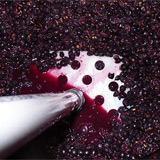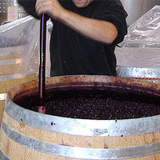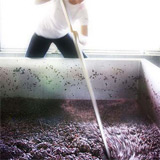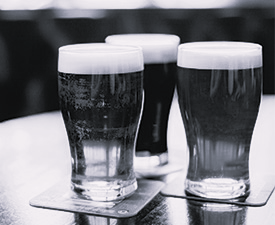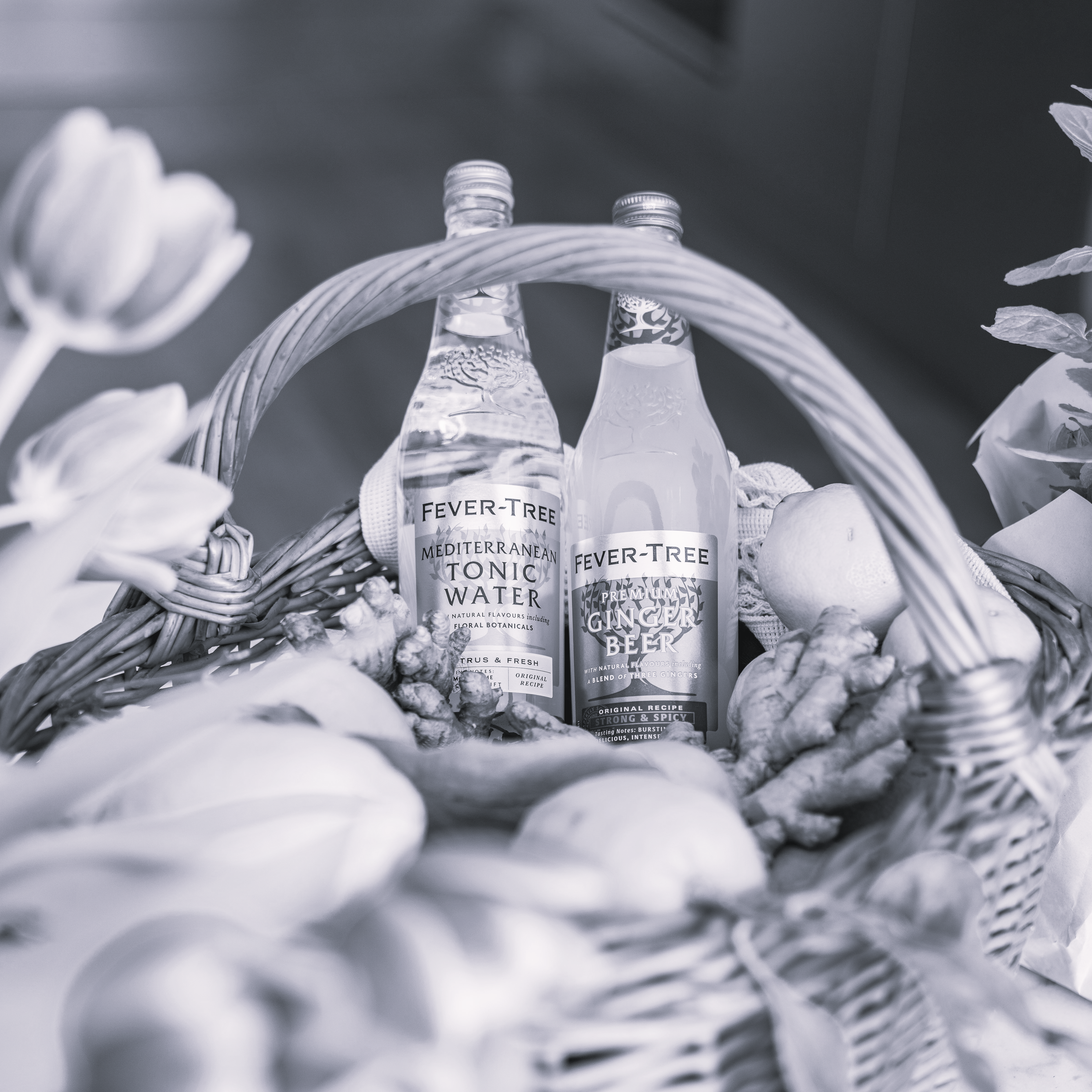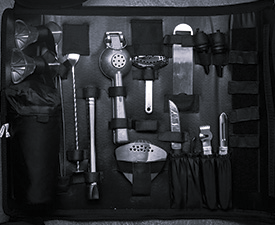The 'cap' is a mass of skins, pips and other solid matter that rises to the surface of the wine during alcoholic fermentation.
To make certain types of red wine, grapes are put through a crusher and then transferred into open fermentation tanks. Once fermentation begins, the grape skins are pushed to the surface by carbon dioxide gases released in the fermentation process. This layer of skins and other solids is known as the cap. As the skins are the source of colour, flavour and the tannins, the cap needs to be macerated (mixed) through the liquid each day, or 'punched', which traditionally is done by stomping through the vat, known as 'Pigeage' - a French winemaking term for the traditional stomping of grapes in open fermentation tanks.
The cap of skins and pulp floating on top of the juice in red-wine fermentation inhibits flavour and colour extraction, may rise to an undesirably high temperature, and may acetify if allowed to become dry. Such problems are avoided by submerging the floating cap several times a day during fermentation, to drown aerobic bacteria and encourage cuvaison. This operation, comparatively easy with small fermenters, becomes more difficult with large fermentation tanks.
A technique to extract these key red wine components is done by periodically pumping juice from the bottom of the tank over the cap. However, fine wine producers, to enhance the extraction of colour, flavour, and tannin from the skins, often prefer to punch/ plunge down the cap in order to submerge it in the juice, or even to drain the juice from the tank and then splash it back over the cap to encourage greater circulation of the cap throughout the juice (a technique known as 'rack and return'). Whatever method is chosen, fine wine producers often extend the maceration period beyond the end of fermentation to foster the full extraction of colour, flavour and tannin. Once this process is complete, the new wine is pressed off the skins and moved to oak barrels or tanks, to commence the aging process.
